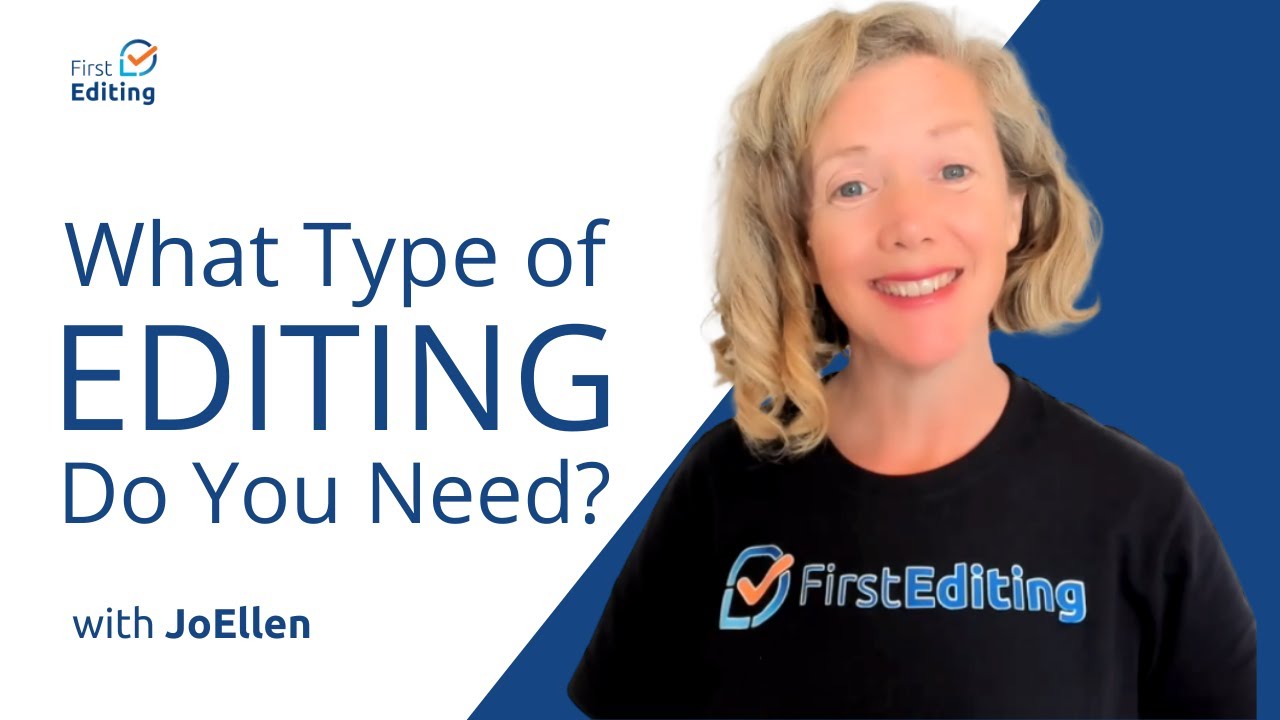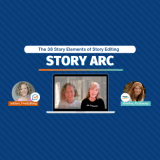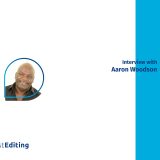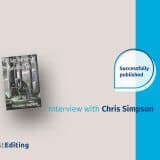
Writing a research paper for a peer-reviewed journal can be a challenge, in particular if you are writing as a first-time author. However, this is usually not an isolated process and you would have, by this stage, co-authored some publications with your colleagues or external collaborators. Nevertheless, each new submission should be approached with care. This article conveys helpful tips when it comes to writing research papers.
The first step is to identify the target journal, as this will determine your audience and the level of scrutiny by the referees. It will, to some extent, also influence your writing style, the length and the format of the paper.
Most journals have specific formatting and submission criteria. It is a good idea to follow these guidelines right from the start, as making corrections later can be time consuming and can lead to omissions. The specific format will determine the length of the abstract, required sections (e.g. introduction, literature review, data collection, experimental procedure, data analysis, discussion etc.), figure and table numbering, style of headings etc. It will dictate all the aspects of the paper presentation, but most importantly it will determine the format of in-text citations and references.
Irrespective of the target journal and formatting style, when it comes to writing research papers, some considerations are taken as a norm. For example:
- Your target audience should be experts in the field, thus there is no need to explain widely accepted terminology and procedures.
- Abstract should be concise and informative, as it might be the only part of your paper your peers will read when selecting references for their research papers
- When introducing your research, make sure that a substantial review of relevant literature is given, as it will provide a setting for your study and clarify its innovative contribution.
- Experimental procedures (if any) should be clearly explained, but in a concise form, without any unnecessary detail.
- Data analysis is often the hardest part to write, as it can appear cluttered with numbers and repetitive. Whenever possible, use graphs and tables. Not only it will improve the paper presentation, but its value will be easier to appreciate.
- Discussion should explain the findings in light of the aims of the study and its contribution to the current body of research.
- Finally, conclusion should briefly summarize the main points in the paper and identify its contributions and shortcomings, with suggestions for further study.
Once the writing is complete, make sure that you carefully proof read your document for any omissions and mistakes. Ideally your colleagues will be involved in the writing process and will be able to make valuable suggestions. However, it is, whenever possible, the best to seek help from a professional editor. As scientific writing is very subject-specific, your search for a perfect editor might be long and fruitless, as many editing services employ editors who are language experts, without knowledge of different scientific fields.
Here, in FirstEditing, we take different approach. We pride ourselves in not only offering high quality editing services, but in ensuring that each document is assigned to the most appropriate editor with a PhD in a specific area and extensive academic and professional experience. Thus your paper will be placed in the best possible hands, ensuring that you benefit from professional editing as well as advice and assistance specific to your area of study.










